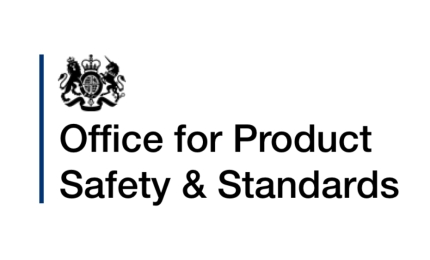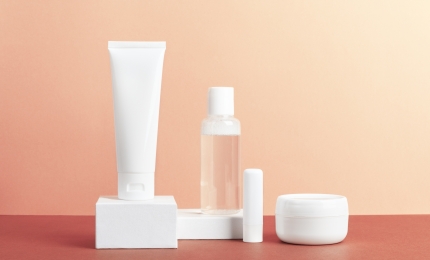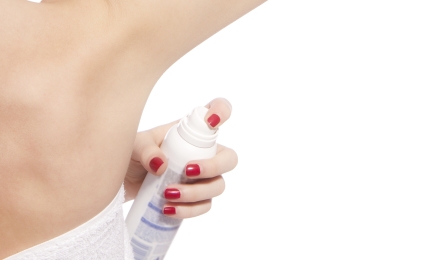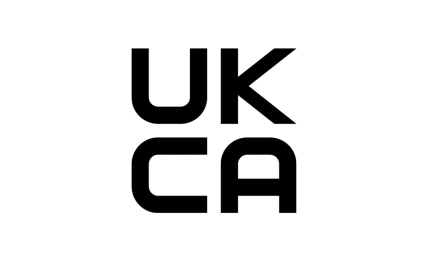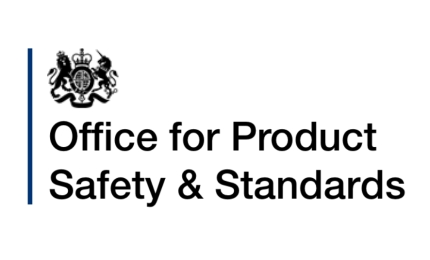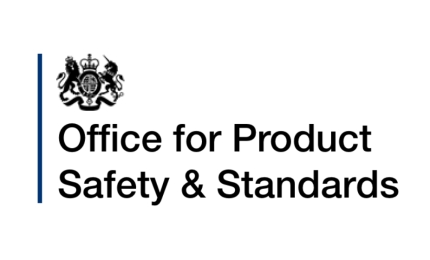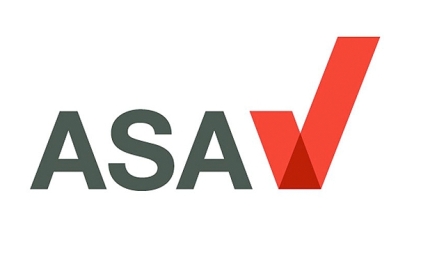Find us on...
Antibacterial products can be classed as cosmetics, biocides or medicines, based on their main product function and their overall presentation.
- Cosmetic. Moisturising/protecting hand gels are generally classed as a cosmetic, as they have a clear primary cosmetic function (moisturising, protecting, perfuming skin) and a secondary antibacterial claim (it must be clear that this is a secondary claim, e.g. by making this claim less prominent or following the cosmetic benefit); also, the overall presentation of the product must be clearly cosmetic (taking into account colours, symbols, images on the label of the product – a product with only white/red/blue/green colours, on plain packaging, with crosses or other similar symbols, would not be classed as a cosmetic). ‘Antibacterial’ claims are generally accepted EU wide as long as it is clear that this is a secondary function. For example:
Antibacterial hand gel, could be classed as a biocide
Moisturising hand gel – antibacterial, could be classed as a cosmetic
The UK generally accepts secondary numerical biocidal claims (e.g. ‘kills 99.9% bacteria’). However, EU Member States do not accept antibacterial numerical claims on a cosmetic product; products featuring numerical claims are classed as biocides.
- Biocide. Hand sanitisers and any other products whose primary function is to sanitise and disinfect hands are classed as biocides and must comply with the EU Biocidal Products Regulation. Any product named ‘hand sanitiser’ is therefore classed as a biocide and cannot be legally marketed as a cosmetic. Products making ‘antiviral’ claims are also classed as biocides in the EU. Companies will find helpful consulting this guidance from the EU Commission, which will be applicable as long as the COVID-19 pandemic continues.
- Medicine. Hand sanitisers whose claims make reference to specific pathogens (e.g. coronavirus, suine virus, etc.) are classed as medicines. Appendix V of the Medicines and Healthcare products Regulatory Agency (MHRA) Guidance Note 8 has more information on this.
Companies can find more useful information on this topic in the CTPA COVID-19 public advice.


